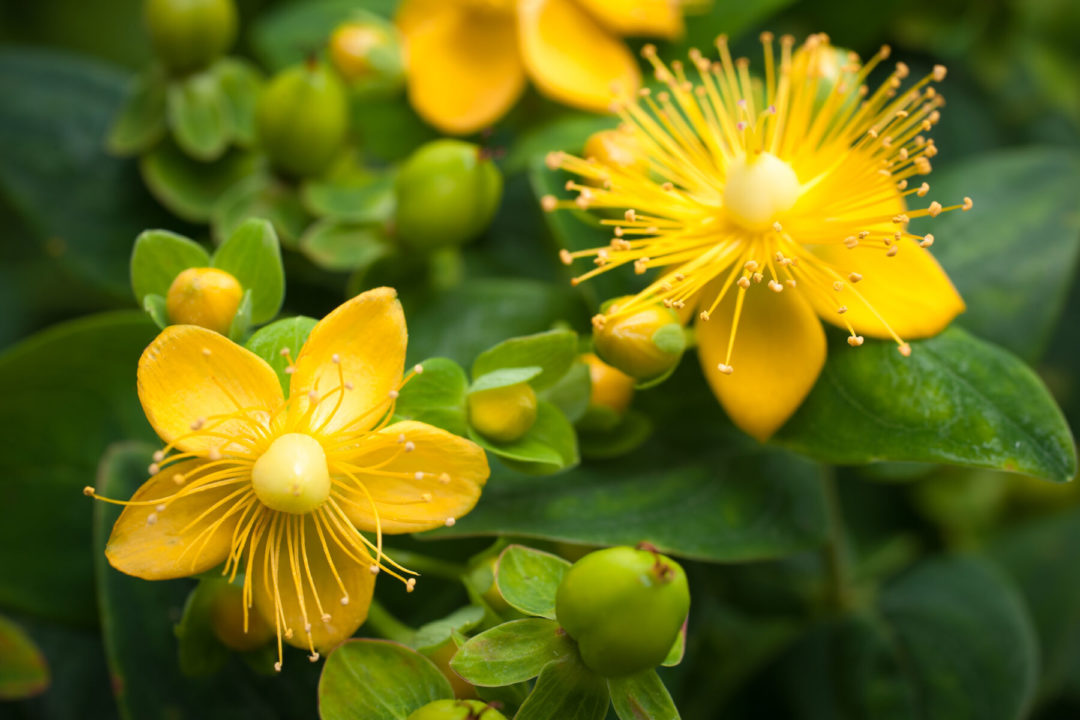Traditionally, oil from St. John’s wort flowers was used to treat burns and other wounds. Modern-day extract preparations are commonly used to treat mild-to-moderate forms of depression. Human clinical trials on standardized extracts of the herb, and meta-analyses on these trials, support safety and efficacy for this purpose.
In 2020, the press release adds, St. John’s wort supplements were the 21sttop-selling supplement in mainstream U.S. retail stores, with annual mainstream sales totaling roughly $23.9 million.
Adulteration usually takes the form of undeclared added synthetic food dyes, such as Red Dye No. 2, in order to increase the appearance of the concentration value of total hypericins (red pigments present in St. John’s wort) when measured by spectrophotometric laboratory analytical methods. This creates the false impression that the ingredient has more hypericins, and therefore a higher quality. There are also cases of substitution with otherHypericumspecies, but the press release notes that these are infrequent, and more likely to be due to accidental co-harvesting ofHypericumspecies collected in the wild; to minimize this, most companies in the supplement industry now use commercially cultivated St. John’s wort.
Stefan Gafner, Ph.D., Chief Science Officer of ABC and Technical Director of BAPP, explained: “I vividly remember the issue with the food dye adulteration of St. John’s wort extracts since this was one of the first alerts based on industry data published in BAPP’s ‘Botanical Adulterants Monitor’ newsletter back in 2015. While such food dye adulteration is readily detected by routine chemical analysis methods, the distinction ofHypericum species based on chemical markers is really difficult. Therefore, knowing the value chain (i.e., where, how, and by whom the St. John’s wort herb is cultivated, collected/harvested, and dried) is crucial to produce a dietary supplement with a reproducible composition.”
This LGD was written by Nilüfer Orhan, Ph.D., a former professor of pharmacognosy at Gazi University in Ankara, Turkey. The LGD evaluates the usefulness of 67 published analytical laboratory methods to identify authentic St. John’s wort herb raw material and extracts as well as finished products, and to detect adulteration. The LGD also summarizes the main advantages and disadvantages of each analytical method regarding its suitability for use in quality control laboratories. It was peer-reviewed by 21 international experts from academia and the herbal dietary supplement industry.
Related: Herb of the Month: St. John’s Wort BAPP Releases Bulletin on Pomegranate Adulteration 2020 Was the Biggest Year Yet for Herbs, According to ABC Report
Mark Blumenthal, ABC Founder and Executive Director and BAPP Founder and Director, said: “The addition of a banned red food dye to materials that are sold as ‘St. John’s Wort Extract’ in order to try to fool some of the analytical methods used in testing laboratories is an egregious practice, and is evidence of actual intent by the producer of the fraudulent material to try to make a profit by victimizing its customer(s). This is why it is so important for BAPP to continue its vital research and educational mission to help ethical, responsible manufacturers of botanical dietary supplements protect themselves from such fraud, and, in the process, help ensure that consumers are able to purchase authentic botanical preparations that are safe and beneficial for their intended use. BAPP LGDs help industry quality control laboratories by showing them which analytical methods do or don’t work to detect various types of documented adulteration.”This is the 12thLGD and 68thpeer-reviewed publication from BAPP. It is freely accessible with registration on theprogram’s website.









